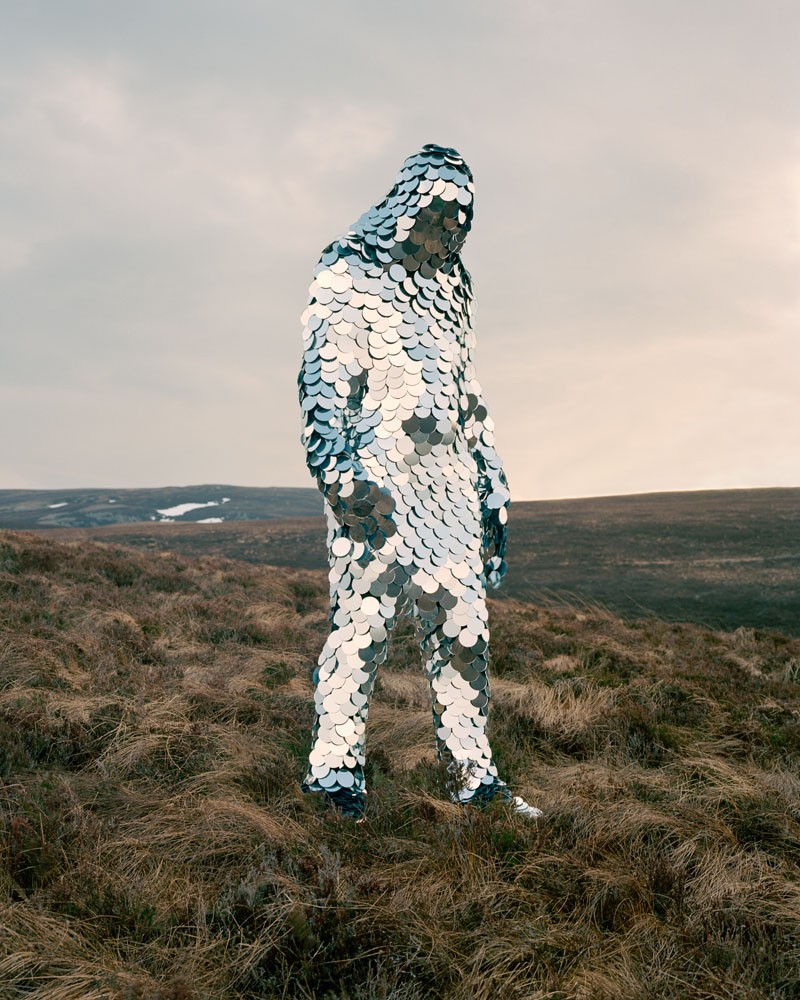

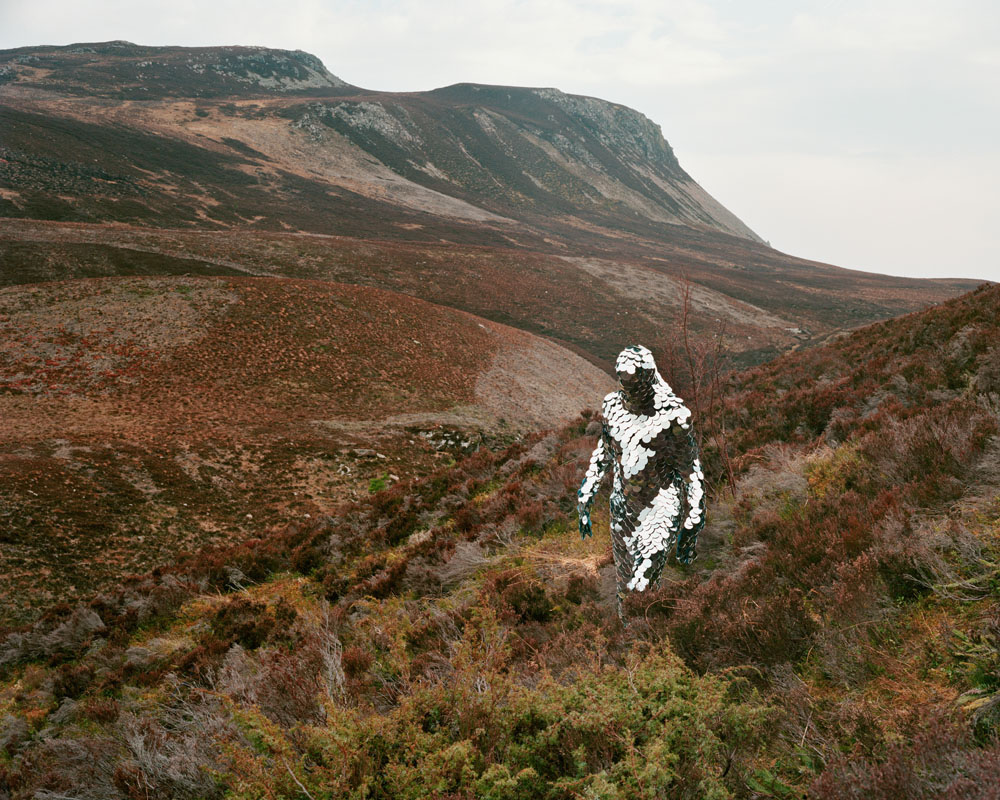

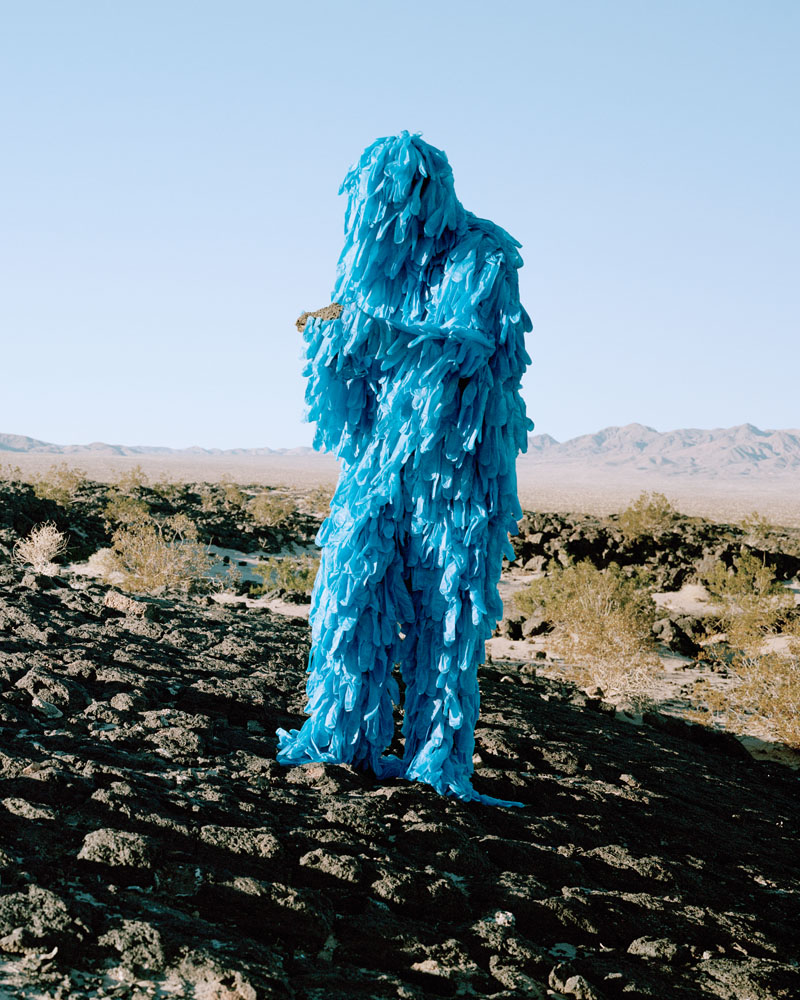

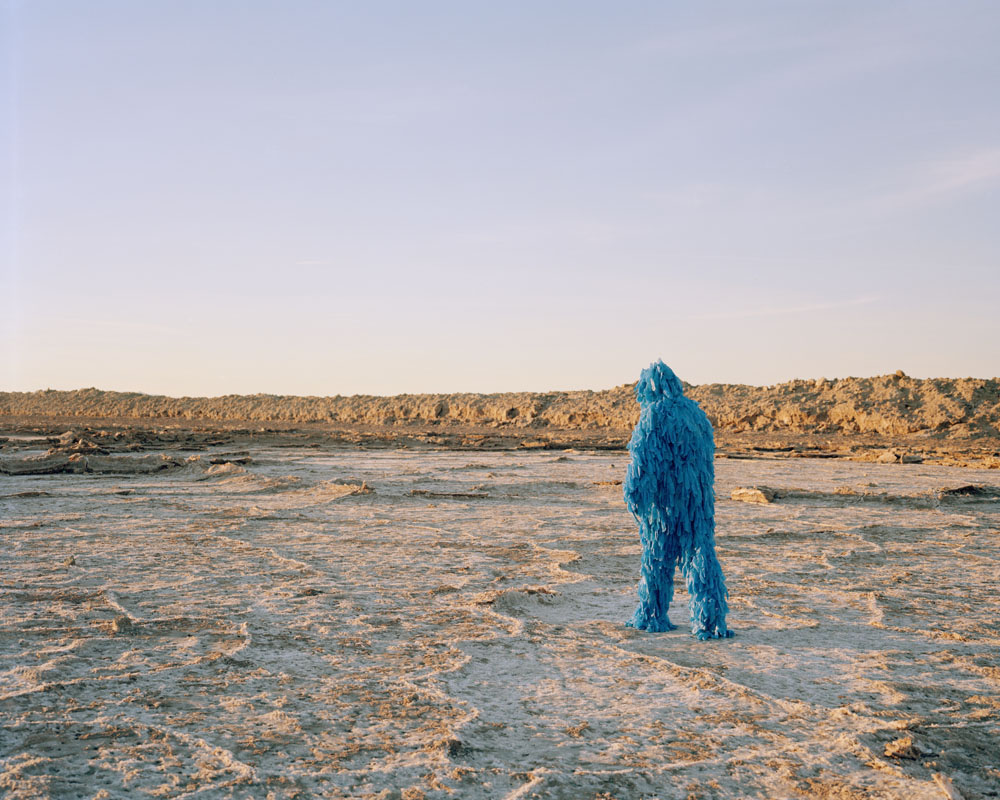
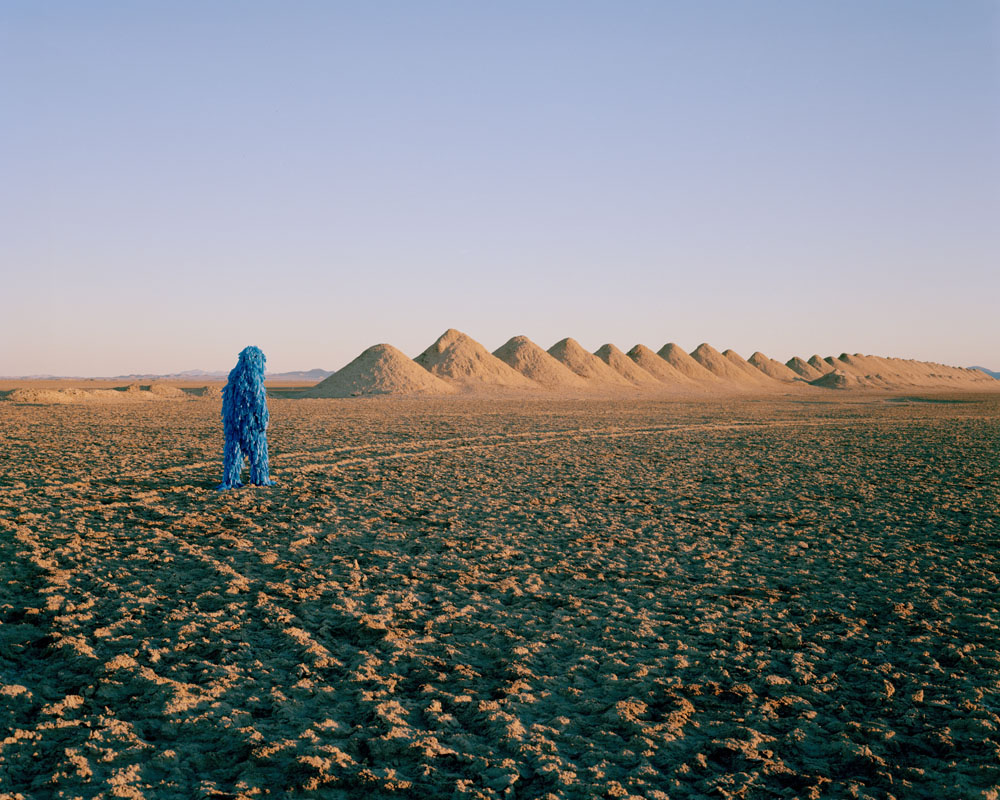

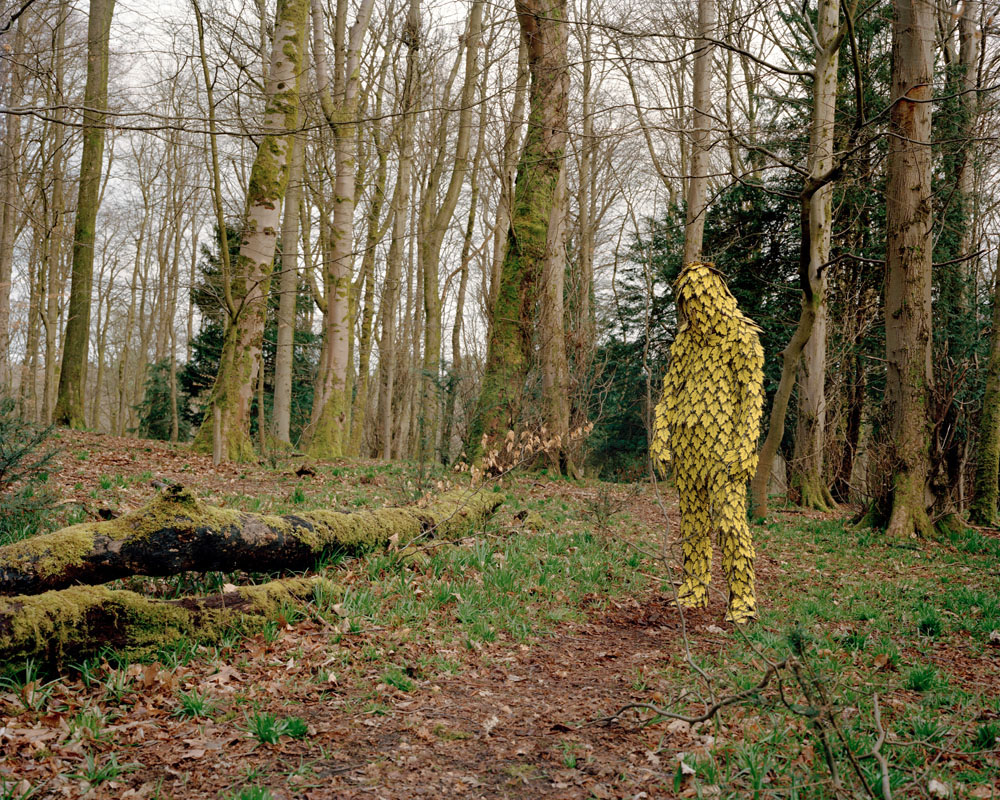





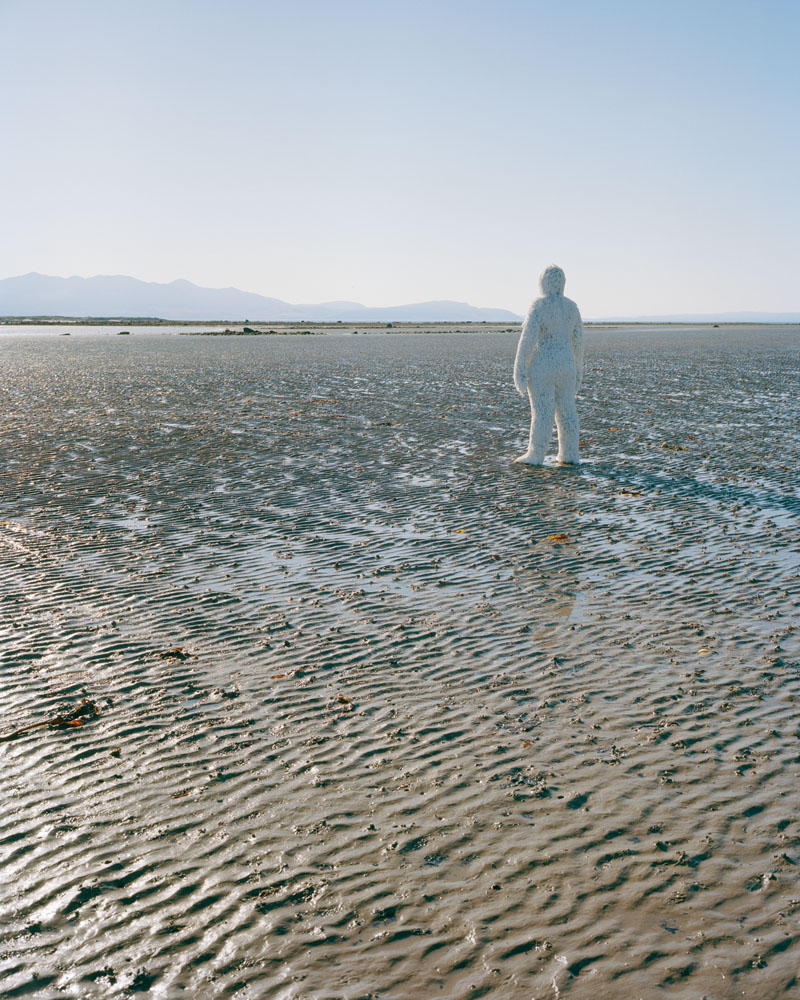


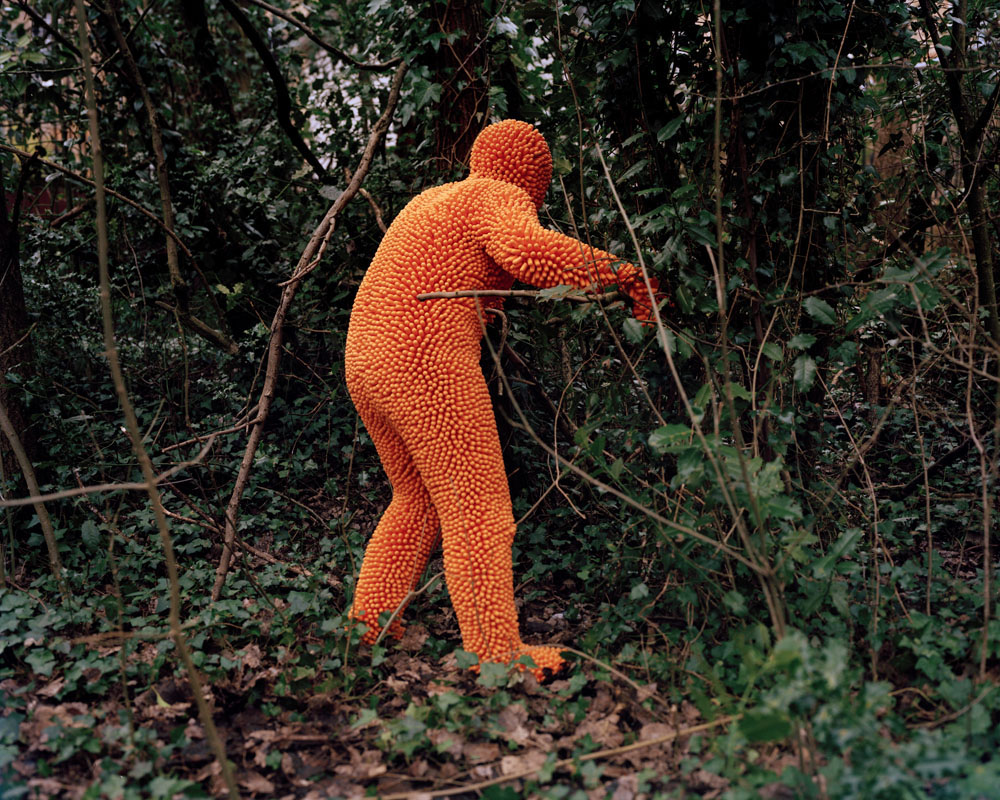
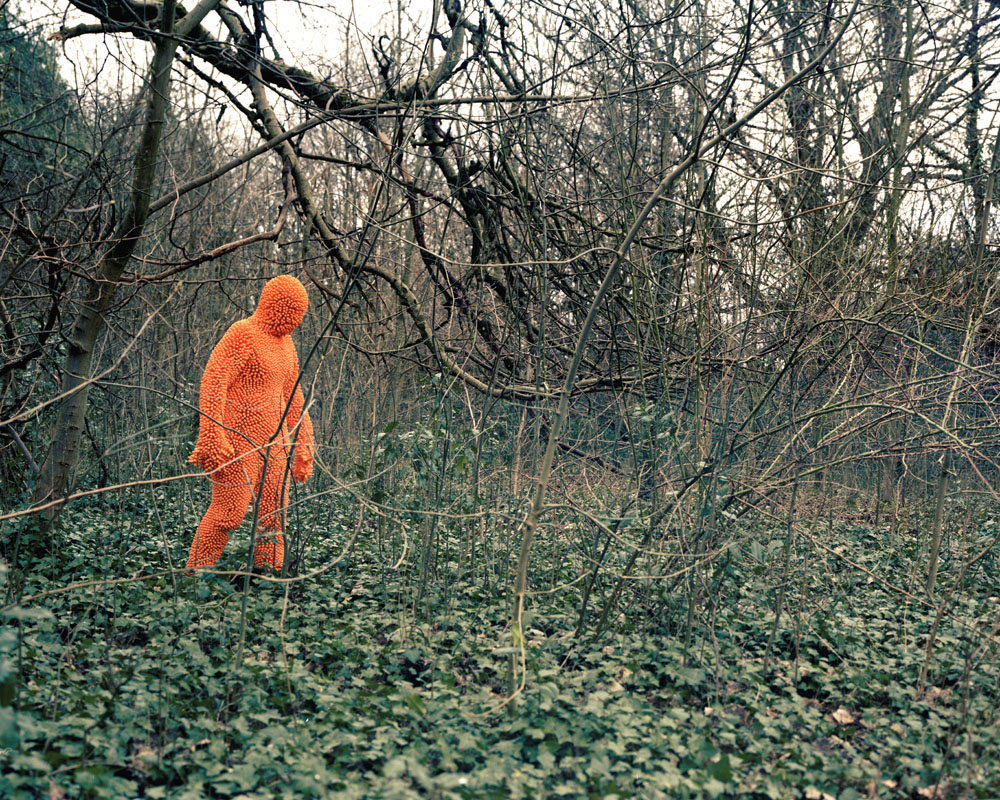

“There was a particular tribe which was able to see Venus in full daylight, something which to me would be utterly impossible and incredible…Later on I looked into old treatises on navigation belonging to our own civilisation and it seems that sailors of old were perfectly able to see the planet in full daylight. Probably we could still do so if we had a trained eye.”
- Claude Lévi-Strauss, Myth and Meaning.
Based on various anthropological and scientific studies, it has been observed that as people have become more dependent on modern technology and science, people’s senses have gradually dulled and become dislocated with our natural surroundings. Sociologist Richard Sennett states that urban sprawl and technological advances in transportation are some of the many ways in which our advances have made us more and more detached from nature and even other people, creating a passive culture that has led to the deprivation of our senses. As noted in the quote above, anthropologists such as Lévi-Strauss have also noticed the opposite occurring in cultures that are still living in nature and actively participating in it. The cultures with roots in mythology and animism, the belief of the connectedness of everything on earth, are especially in tune with their senses, which as a result, have heightened.
I began to look into various mythologies from around the world and the costumes associated with them and observed most involved the covering of the face and many times the entire body to transform the person into a mythical being. At the same time I was looking at urban legends and hoaxes such as Bigfoot and people’s obsessive fascination of these elusive beasts. What interested me most was that many seemed to be based on existing mythologies and the fact that many of these creatures, seemed to be trapped between two worlds. Bigfoot being the prime example is not quite human or animal so wanders on the fringe of both, not really belonging to either. From these findings I began to create modern day mythological narratives in which I explore themes associated with the dislocation of our senses. It is centred on constructed “yeti-like” creatures made up of either disposable manmade plastic forks, earplugs, vinyl gloves, car air fresheners or compact mirrors, each representing one of the senses. These creatures have been consumed by these modern, materialistic items and as such can no longer sense anything at all. Neither human nor animal, they wander between worlds fitting in nowhere, yearning to be part of a world they no longer belong to, and becoming a creature of myth.
Photographed using a large format 5x4 MPP field camera.